|
My facebook friends may be getting sick of me posting pictures of my bread. But I just can't get over how beautiful and delicious is. And I made it. I'll try and control my picture posting though. After I put these here. Needless to say, my bread baking may be somewhat better than my photography skills. I'm still working on both. Have a question about bread baking? Not sure if your starter is starting? Want to know the best way to get the softest/crunchiest/whatever-est bread? The people on this site know better than me. And they are eager to share their knowledge and expertise. Its like this great little corner of the internet where the goal is to help everyone make the best bread possible. Go take a look. Ok, I'm good. No more pictures for the rest of the post. At least, not of my bread. I thought I'd post a few more things I've learned that have brought me to this point--things I really feel have taken my breads from good to great. TheFreshLoaf.com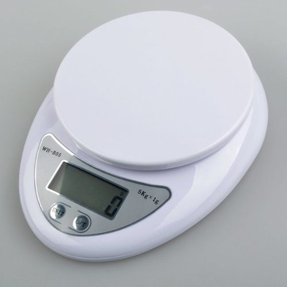 I didn't get a big fancy scale. In fact, this is the scale I bought. Yeah, its cheap, but it gets the job done. Its small and takes up hardly any space in the cupboard. Best of all, it makes it so much easier to see just how much of each ingredient you are putting in your bread. Which seems weird coming from me, because anyone who has seen me cook knows that I see a recipe as a set of nice ideas, but I'm going to do my own thing, thanks. This is the funny thing--the scale doesn't actually change that. The bread in that last picture--the one with the nice golden crust and big holes--was made in my classic throw-it-all-in-a-bowl fashion (Some white wheat flour.... and how about some red wheat... and then some bread flour... and that left over potato water...) The only difference is, measured everything I put in, and used those measurements to make an educated decision about what else to throw in. Easy. And what were those educated guesses based on? Switch to weight measurements, instead of volume 1:2:3 Sourdough This is my kind of recipe. From what I can tell it originated here, and now is apparently used by sourdough bakers all over. To make your dough, you take (in weight, not volume): 1 part starter 2 parts water/liquid (milk, potato water, etc.) 3 parts flour/dry ingredients And then you add 2% of the weight of your flour in salt. So your basic sourdough recipe would look something like this: 100g starter 200g water 300g flour 6g salt. Thats it! Do you realize how awesome this is? Its my new favorite thing. I put it to the test yesterday, with three different types of flour and mashed potato and potato water and plain water all making up parts of the recipe. (Those little lumps in the third picture? Yep. Its potato.) I've found that personally I like my dough a bit wetter, so I put closer to 220 g water in, so the ratio is more like 1:2.2:3 (Darling its better, when dough is wetter, take it from meeeeee!). And it turned out amazing--crunchy crust, soft airy crumb, delicious plain or with just a bit of butter. Which brings me to another new favorite thing: Using Potato Water and/or Mashed Potato as part of your liquid 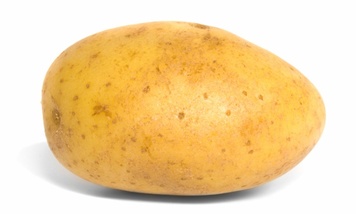 Which really shouldn't have surprised me, considering that growing up, I liked when my mom got us potato bread almost as much as when she bought sourdough. I first tried it after stumbling across this video, and I'm not going back. Its not at all hard to chop up a potato and boil it before putting your dough together. The potato makes your baked bread nice and soft in the middle, while also letting the outer crust stay nice and crispy. Adding butter or oil would make your whole loaf soft, including the crust--which I guess is fine, depending what you're going for. I also really love the flavor of the potato--yes, its subtle, but definitely there. Try it. Its worth it. Stretch and Fold vs. Kneading Of course I knew what kneading is, but only when I started learning about artisan sourdough did I encounter a method called "stretch and fold". Here is a quick video showing the technique. The video series I linked to above (the one with the potato water) also uses stretch-and-fold in a slightly different way. Both kneading and stretch-and-fold are good ways to develop gluten in your dough. I've tried both, but I'm no expert. From my limited experience and reading, Stretch-and-fold is good when:
I've done both. When kneading, it was nice to actually feel the dough change texture in my hands. Stretch-and-fold required less hands-on time, and the dough seemed to do its own work for me. Both have worked for me. Do what works for you. AutolyseWeird word, huh? To me, it looks like it should rhyme with "eyes" but in videos I've watched on baking, it usually seems to rhyme most often with "lease".
Here is a more detailed post on what it means. In practice, what I've done is mix my starter, flour, and most of my water and let it sit for awhile--say, 30 mins--then, dissolve the salt in the remaining water and knead/stretch-and-fold it in. Easy. It seems to especially help with whole wheat flours, which soak up more water. Thats all I've got for today. Because I'm hungry and want another piece of my bread. Go bake your own. ;-)
0 Comments
Leave a Reply. |
Your email will not be shared with anyone. It will only be used for updates from me, and you can unsubscribe at any time.
Categories
All
|
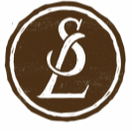
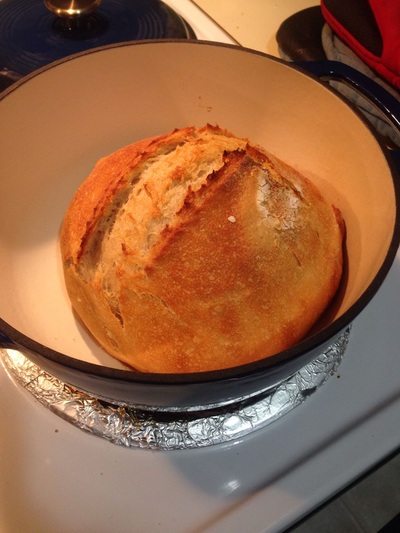
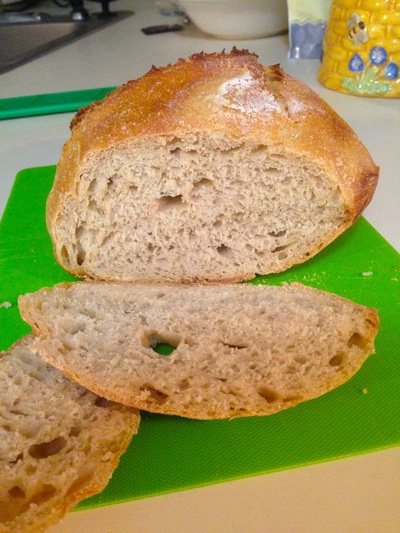
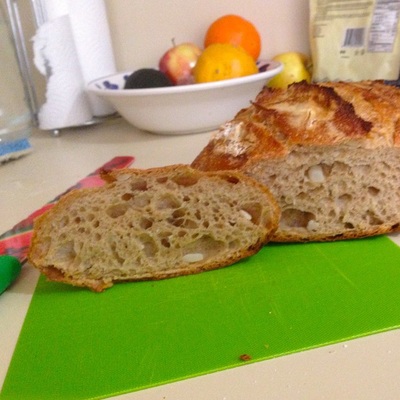
 RSS Feed
RSS Feed